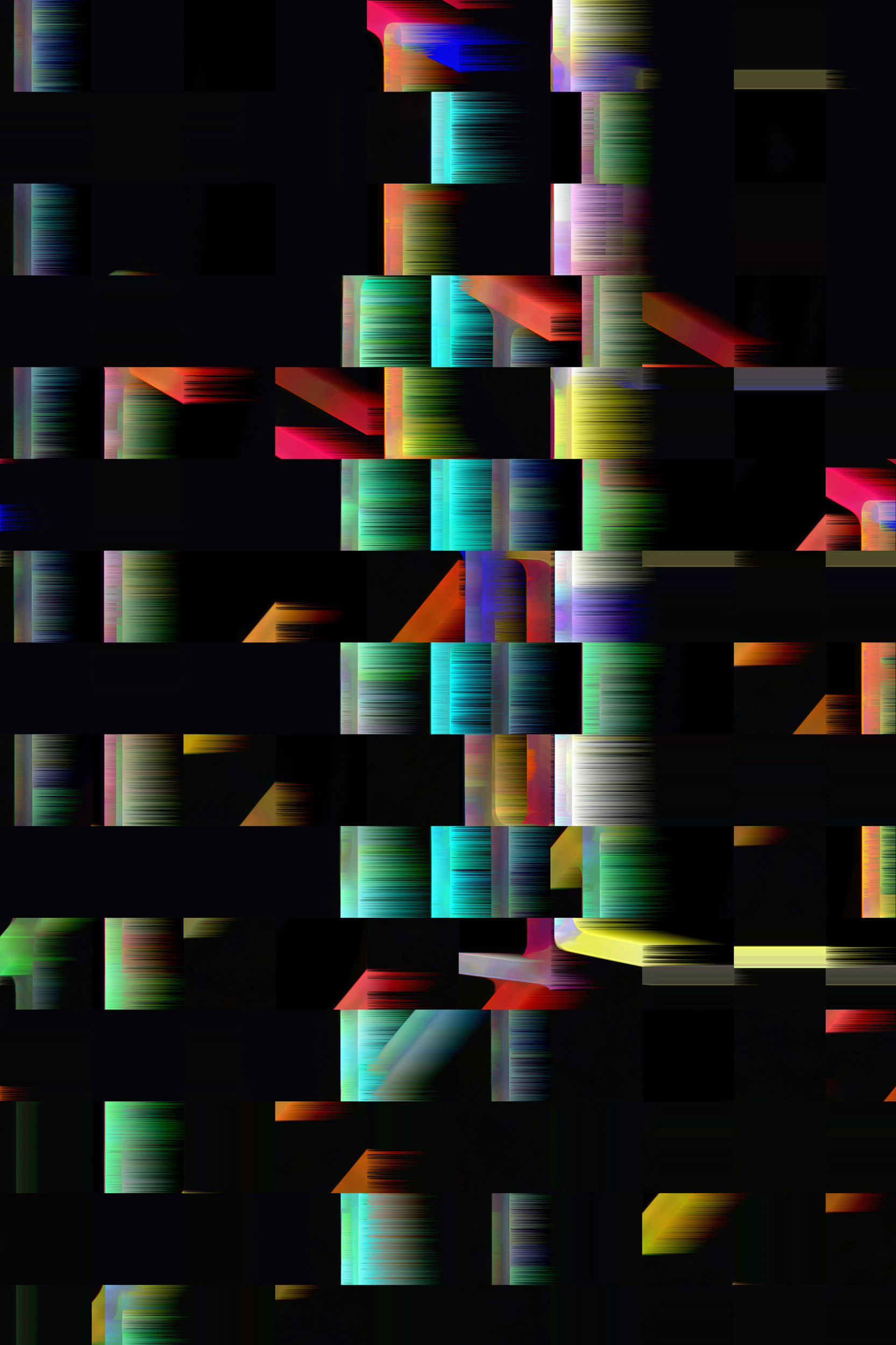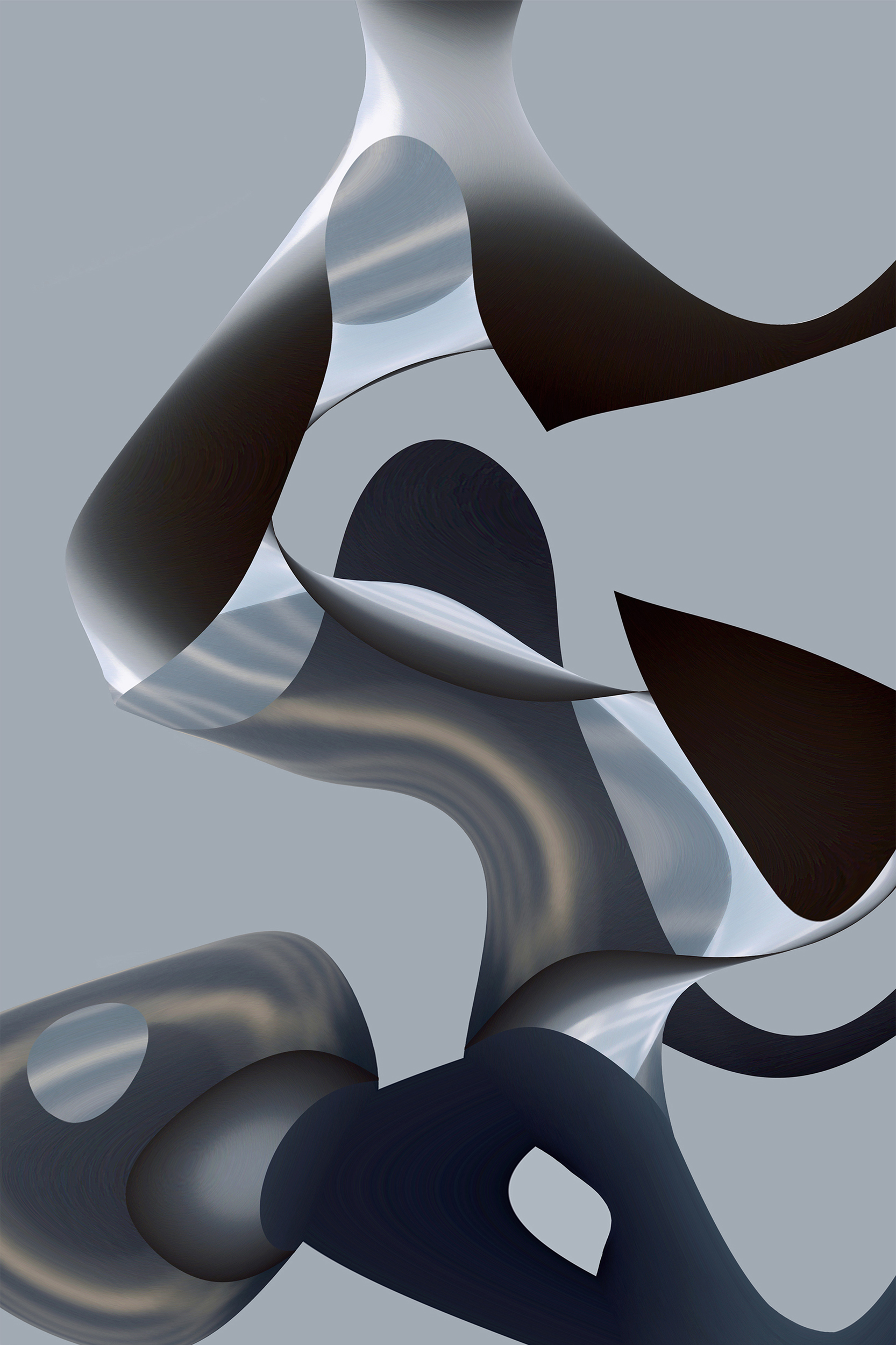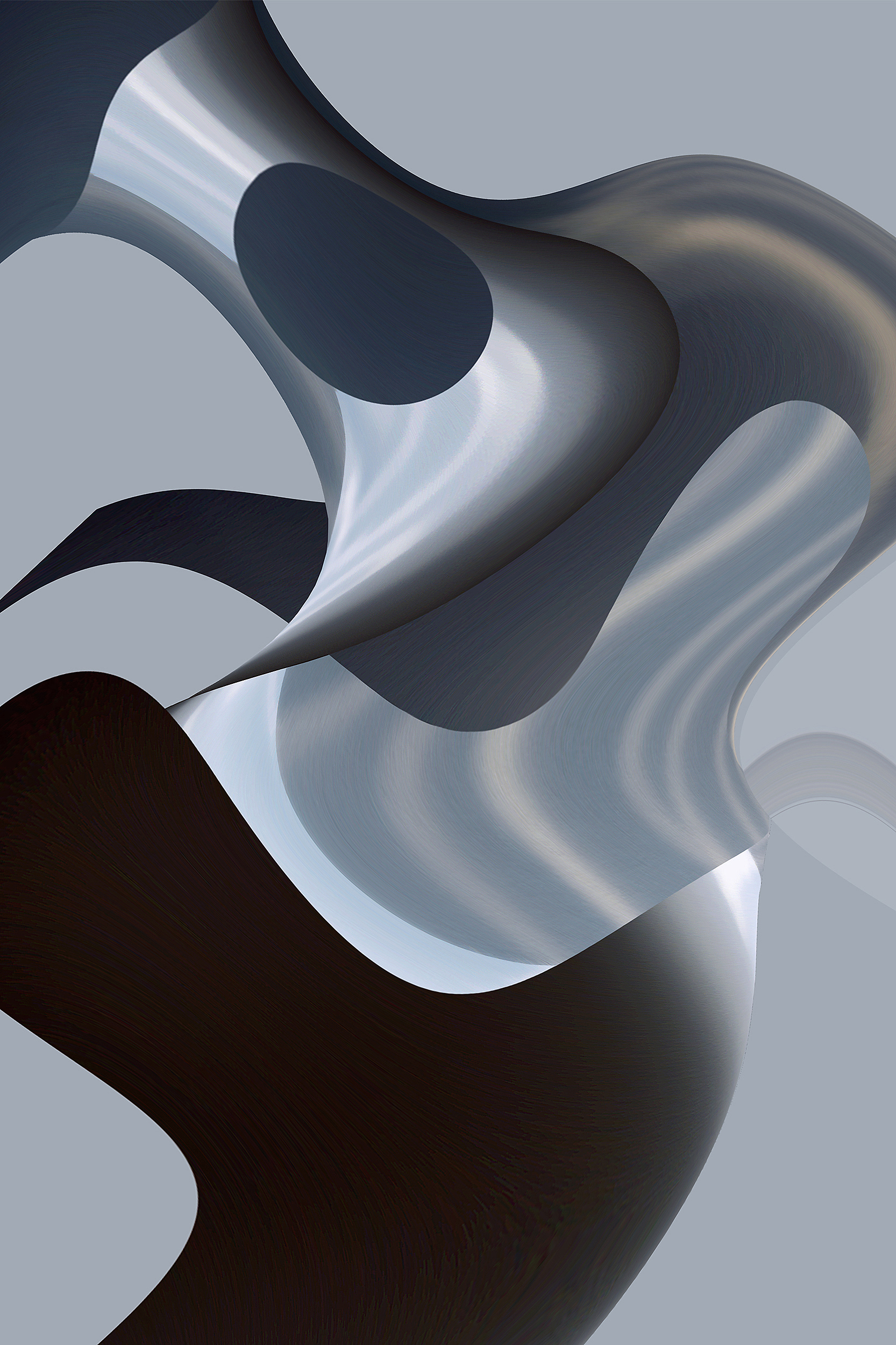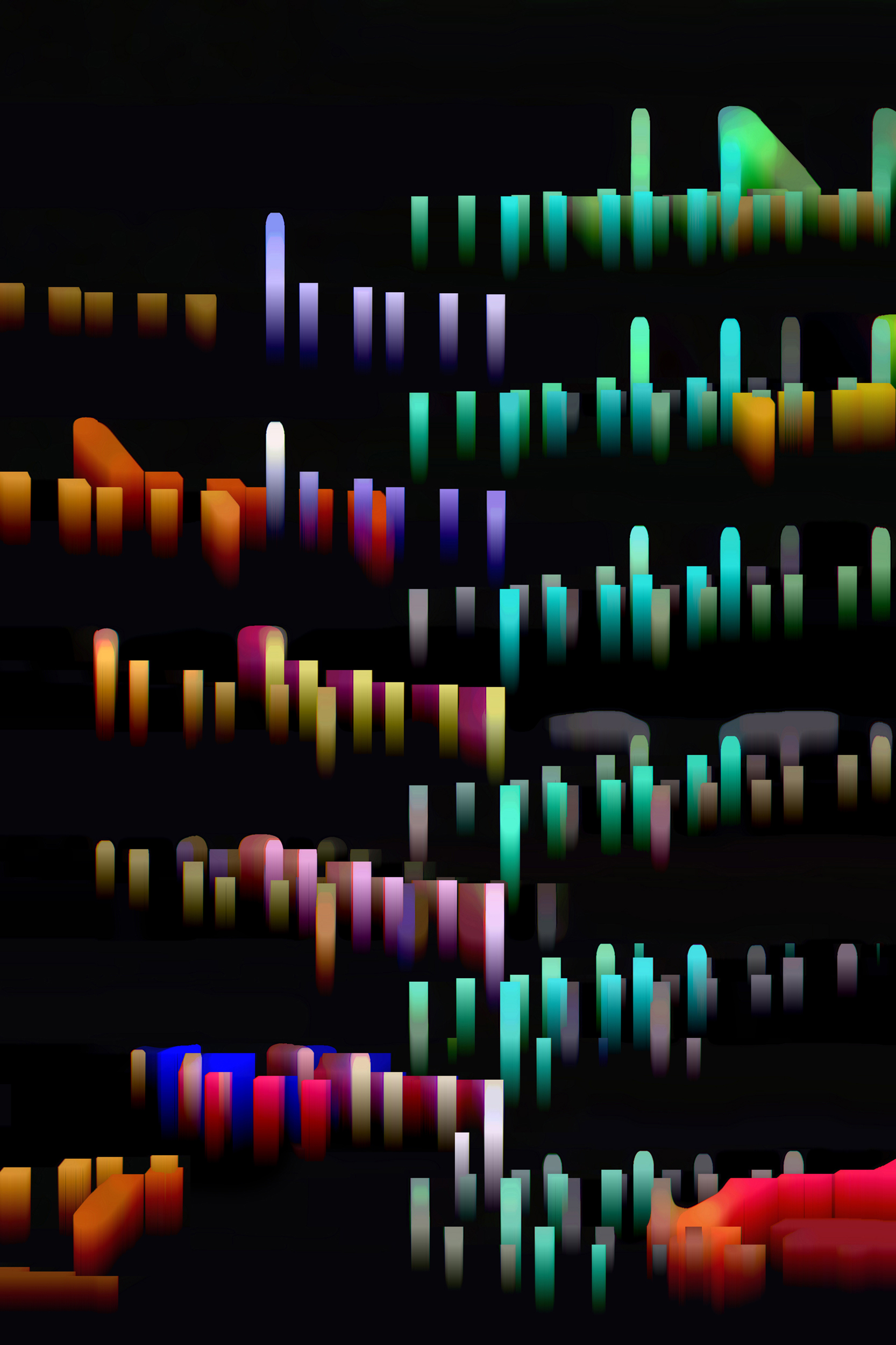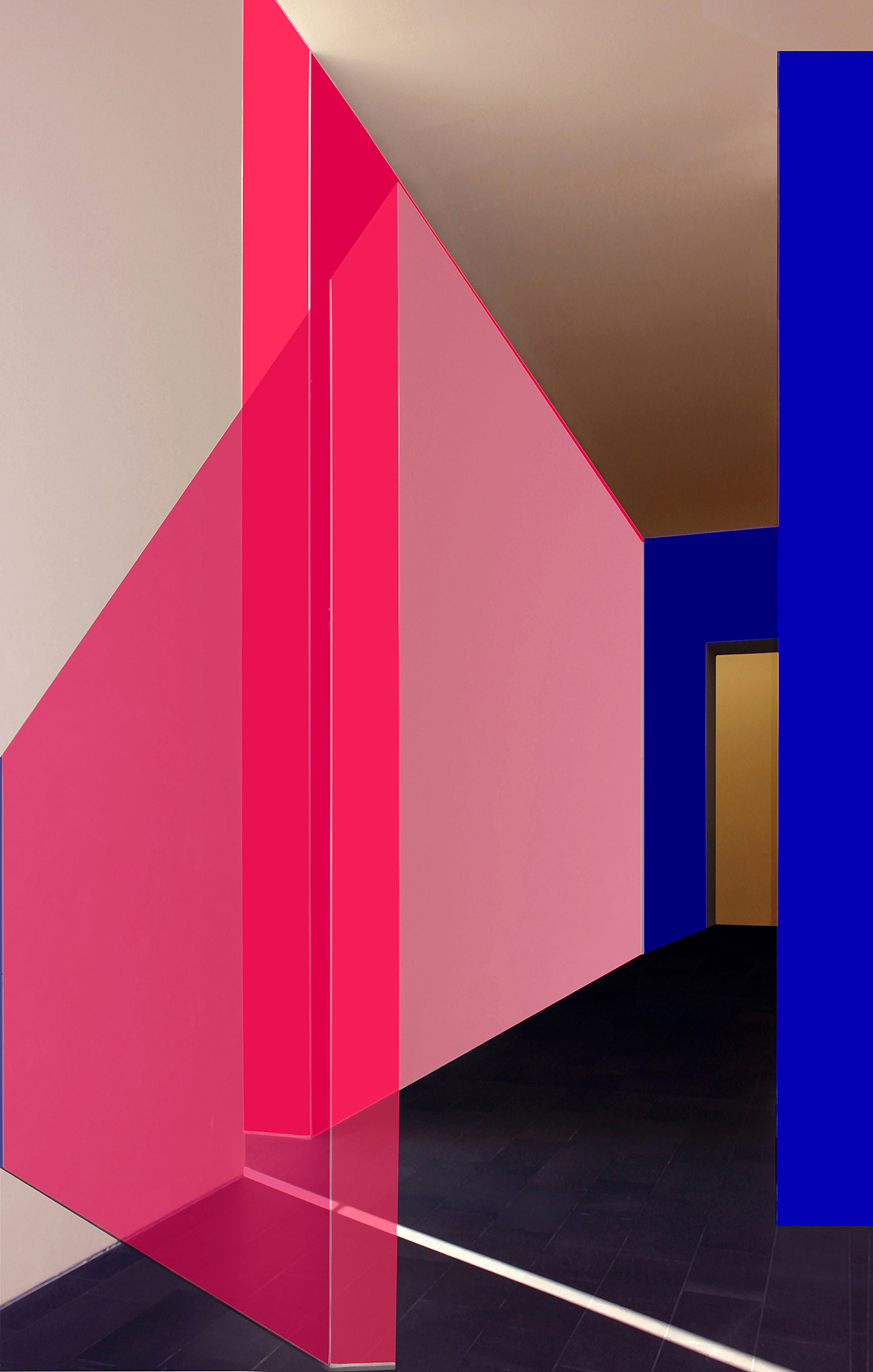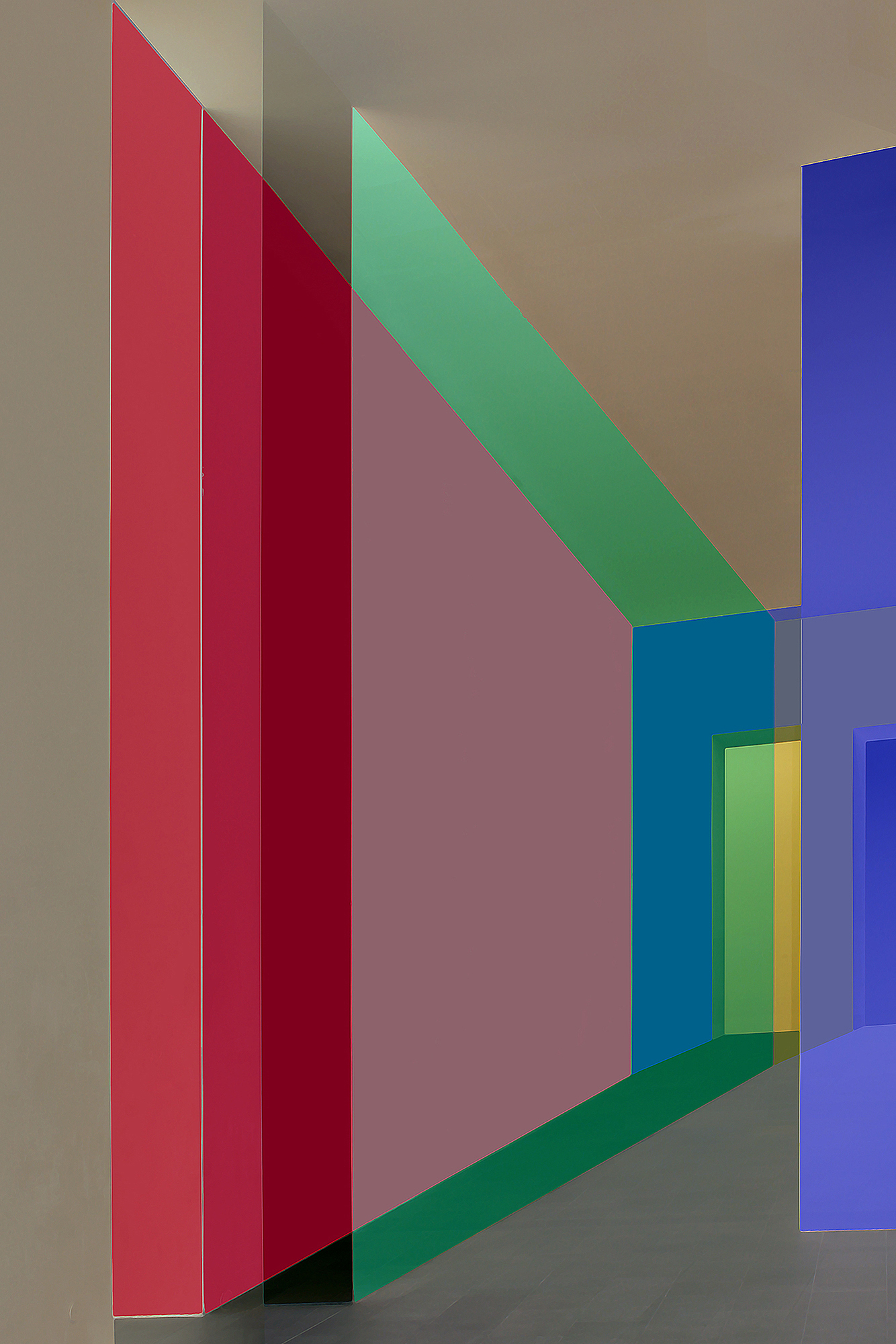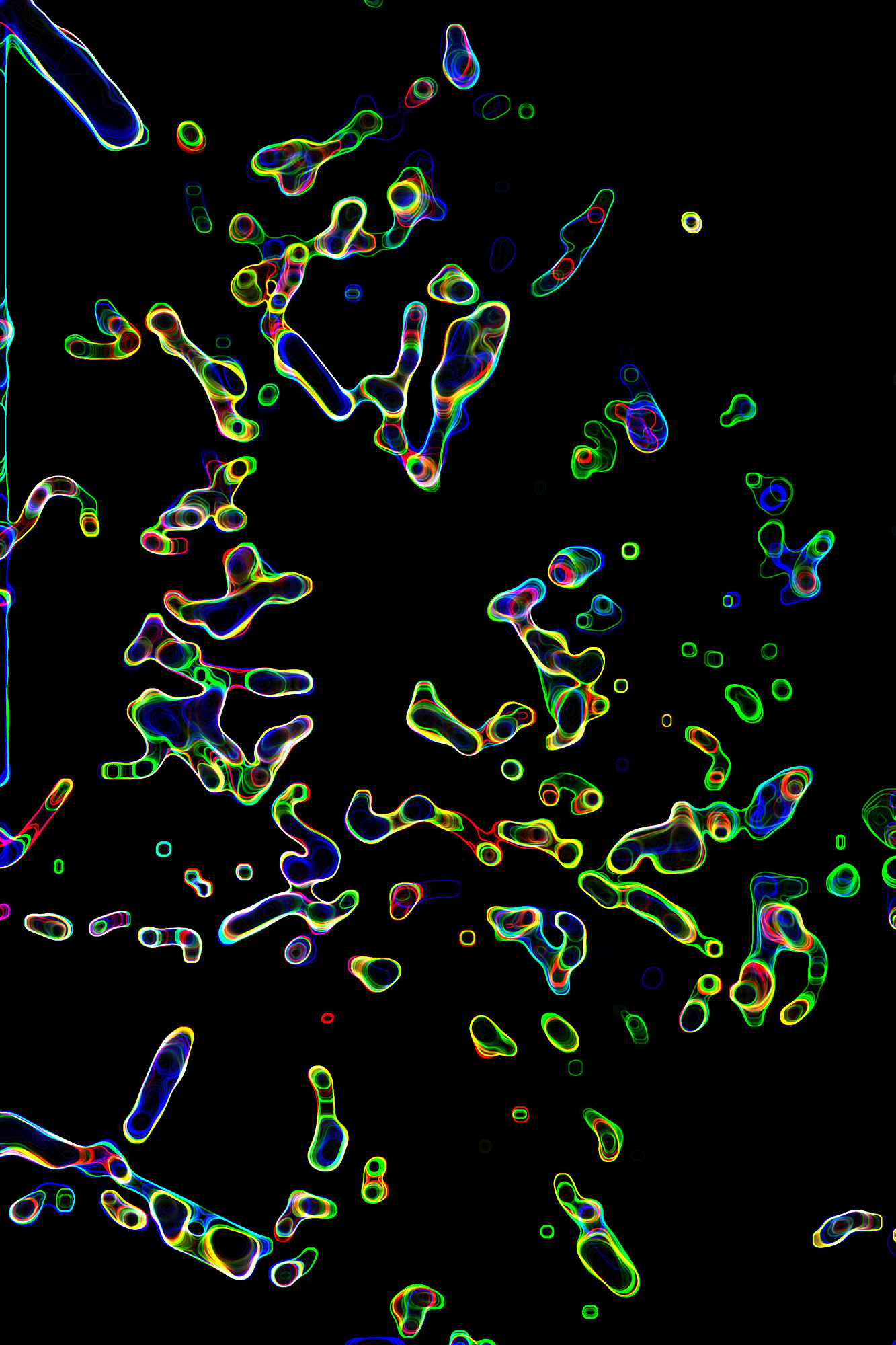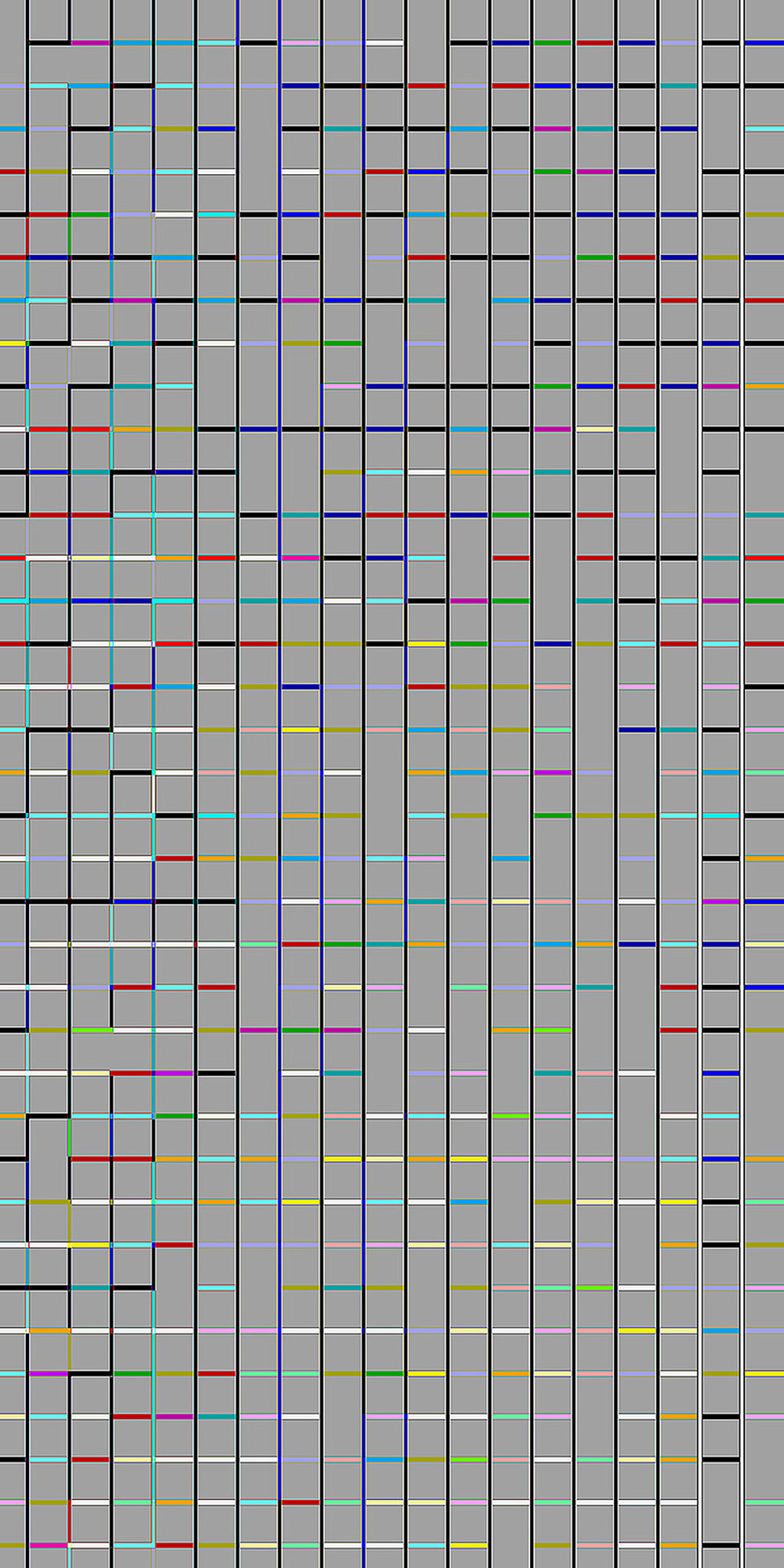Interview with Ursa Schoepper
Ursa Schoepper developed autonomous photographic fine art works that exist as a virtual reality in a realistic reality. A photographic image is generated through algorithmic grammar into an autonomous work of fine art photography. It is a transformation of real objects into abstract objects, the transformation of the concrete into an abstract art work, an abstract autonomous photographic artwork, in the best sense a visual disturbance, a shift, an unmasking and release of past visions and ways of seeing and viewing.
Ursa Schoeppers photographic artworks represents the inherent not yet. Photographic material seen as a process matter. According to Ernst Bloch matter is always matter in process, and the urge to forward a not-yet carry within themselves. A new and innovative technology, such as the digital image capture and image transformation allows, as a deliberate offensive action the creative process. It is no longer primarily a technical feature, but generative instance.
Could you please introduce yourself and tell us how you started in the arts? And your first experience in art making?
My first name is Ursa and after six years in Berlin my husband and I live near Bonn. Even as a little child I was curious how things belong together. My parents were sometimes shocked, which examined their little daughter everything. So it was not surprising that I was always looking for new ways and experiments. I was discovered as an experimental photo artist while working as a cultural manager.
During a project as a cultural manager, we needed images on nanotechnology. At the time there were none. And since I had got to know the technology of digital photography, a digital photograph, what is it, how is it different from analog photography, and I had studied biology in my first studies, I experimented with a photo shoot until I had developed similar structures of nanotechnology. So the encouragement of experts and my passion for experimentation cleared the way to the creative artistic period.
How would you describe yourself and your artwork?
I am an open-minded, curious person who likes to reflect on whether you can not look at things from many comparable perspectives. Are there processes regarding a photographic material that are possible and mappable, and can lead this to new insights? Can I experimentally make something visible that is comparable to the processes in nature, comparable the mutation? In this context, transformation means much more than just the mathematical-technical transformation. Adorno sayed, if there is something, yould could change, that is what is not everything. There are many realities, they are inexhaustible. Experimental photography can represent different ways of seeing and represent views. My experimental photographic art points to the freedom to see the possibility of a change, not to be content with the first impression. She gives a lecture on the creative process.
Where do you get your inspiration from?
It is always the desire to be able to consider things differently and to gain new insights from it. For example, it is interesting which order systems show the different realities. Also, which internal system can be exposed.
What emotions do you hope the viewers experience when looking at your art?
I would be glad if the viewer could continue to be enthusiastic about the aesthetics and the possibility of a personal dialogue with my artworks. I would wish her soul touched.
When do you know that an artwork is finished ?
I feel in actual act and factual act, now this is the artwork, I would like to see it so, my soul is liking to see it.
What has been the most exciting moment in your art career so far?
I'm grateful for many precious moments and thankful to my collectors, but one moment I will never forget. There were two little boys, five and six years old, who sat in front of my artworks and did not want to go home, before their parents take their two favorite artworks with them. It made me happy that not only great institutions such as the Center for Materials and Energy in Berlin or the European Art Museum in Denmark appreciated my artworks, but also so little boys during an art fair.
How long does it take to produce one work?
That is very different, sometimes a few weeks, sometimes one day. Sometimes the artistic process is starting many months later when I created the photograph, depending on which task I set myself. There are two ways for me to realize a photo session. Either I have a topic that I want to treat, then I make special recordings in advance. Or I discover interesting things when I'm on the road that I want to capture. Sometimes I also build installations myself, which I photograph to develop certain works of art. This process takes a few weeks.
What exciting projects are you working on right now? Can you share some of the future plans for your artworks?
It was amazing to me that I discovered natural meadow areas in the zoo and park of a museum. In doing so, I discovered that phenomena similar to compression could be observed as in an urban context. So I try to make these comparable phenomena artistically visible, some on: http://www.virtuelledenkraeume.de/raeumliche_verdichtung.html. In addition, there is an artistic dialogue with an artist colleague. We send for one year weekly photographic works to which the other has to answer.
Do you have any upcoming events or exhibitions we should know about?
There will be a Participation on ARTEXPO NEW YORK, 2018, presented by the galleryTunberg, World Wide Art promotion, Santa Barbara, CA and different participations by the Artifact gallery, ArtUpclose, New York 2018.
In addition you can discover now and in the near future a permanent portfolio on http://www.artupclose.com/ursa-schoepper/ and
https://www.artavita.com/artists/9028-schoepper-ursa, or
https://circle-arts.com/circle_quarterly_fall_2017/.
Since 2017 some of my artworks are presented in WikiArticon, an artist encyclopedia similar to WikiPedia, https://www.wikiarticon.com.
2018 an ArtCompass is published, which presents some of my art.
Where do you see your art going in five years?
There are different hopes and wishes. It would be gratifying if I could be represented permanently by reputable gallery owners worldwide. In addition, I would like to realize some of my artworks as a glass window, for example also for a church window. In addition, I would like to have enough money in my travel fund to visit Bilbao. I would like to continue reading architectures with the camera to allow new artworks arise, I try to read the handwriting of renowned architects with the camera.
But now I would like to thank you for this great opportunity to express my thoughts in an interview, thank you very much.


